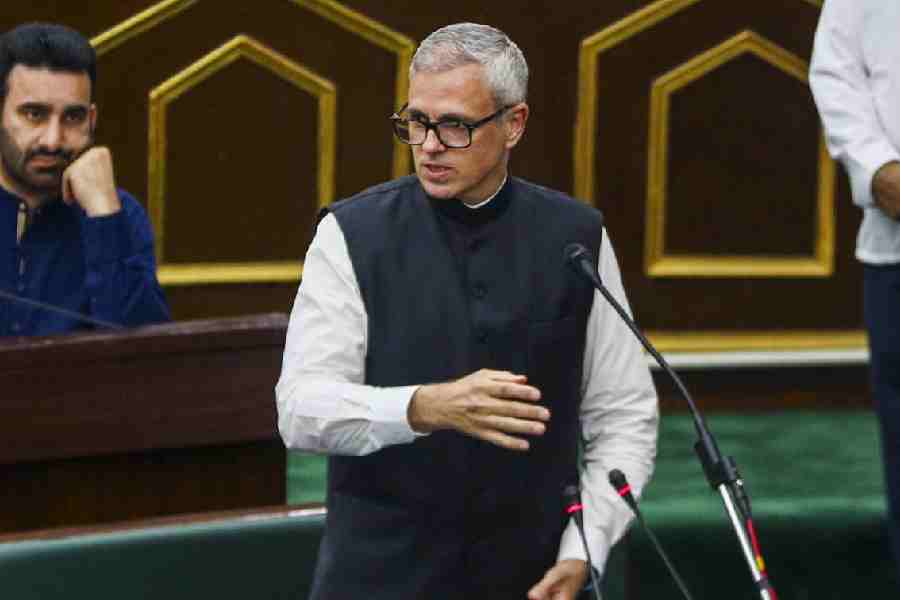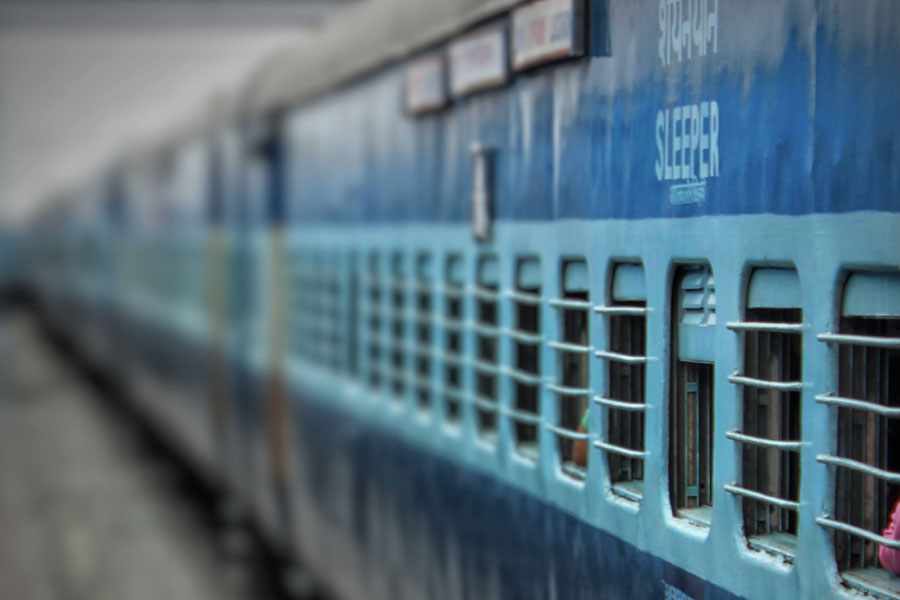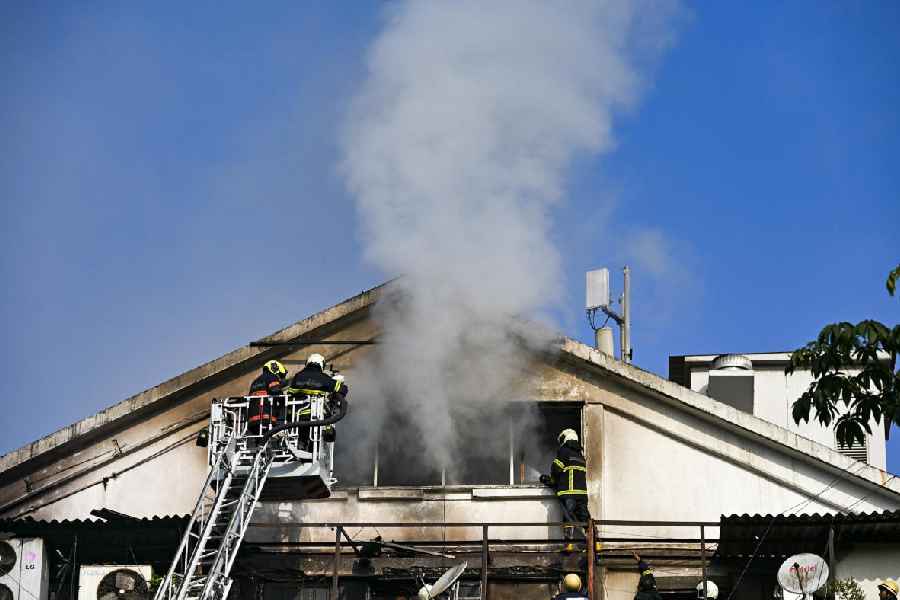
Bhubaneswar, April 14: The government is working on a plan to reduce loss of water by 20 per cent.
Public Health Engineering Organisation (Pheo) supplies more than double the amount of water Bhubaneswar's nine lakh population needs, but more than half of this water is lost due to leakages, theft and unauthorised connections.
To save the loss, the state government is thinking of drawing up a dynamic action plan, which will also be implemented in eight other cities of the state.
The executive engineers of the department are working on the plan.
Sources said that the action plan would include a detection specialist team who will check the pipes on a regular basis for leakages.
At present, Pheo is supplying nearly 295.30 million litres to the residents every day against their requirement of 120.62 million litres. According to the estimate, the Pheo is losing a mammoth 147 million litres every day mainly due to transit loss.
Despite abundant supply, the Pheo is being able to extend its piped water connection only to 34 wards of the city, whereas the remaining 33 wards are partially covered. Therefore, nearly two lakh people get unsafe drinking water.
The present plan of the state government will help cover this population.
Such leakages also give rise to the threat of water contamination that can cause disease such as jaundice.
"There are many places where the water pipes run adjacent to drains. If the pipe leaks, there is a fair chance of contamination and diseases such as jaundice. The administration should look into it on a priority basis," said a Satya Nagar resident Manmatha Nayak.
Pheo superintending engineer Chitta Ranjan Jena told The Telegraph that at present there were no mechanisms to check the loss of water.
"We estimated that nearly 50 per cent of our water supply is non-revenue water. It is mainly because of leakages, illegal connections and water theft by households and private tankers," said Jena.
The unaccounted water, which is called "non-revenue water" in technical terms, is water that has been produced and is lost before it reaches the customer, through leaks or through theft or metering inaccuracies.










